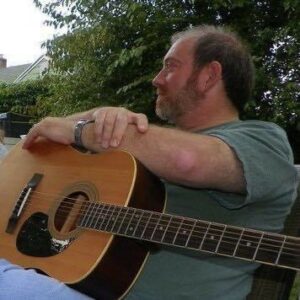
Today we’d like to introduce you to Edgar Levy.
Hi Edgar, please kick things off for us with an introduction to yourself and your story.
For as long as I can remember, I’ve been tinkering with things and building things. I started playing the acoustic guitar in my early teens and was fascinated by the recording and amplification of music. Some time in my mid-teens, I combined these two interests. This has turned into a life-long hobby of repairing, building, and improving musical instruments, amplifiers, effects pedals and other accessories.
In my late teens, a visit from a friend turned into my first major musical instrument repair project. My friend was riding his bicycle over to my house to play guitars together, and had a minor accident while riding. His guitar broke his fall. The guitar was in pretty bad shape and needed a new front panel, a new rear panel, and bracing. Without any experience in this type of repair, my father suggested that he and I could fix it. With my father’s help and the use of some simple hand tools, I rebuilt that guitar. I used that guitar through the rest of my days as a student in high school and college before returning the rebuilt guitar to my friend.
While attending high school, I also experimented with electronics. I added a pickup phase switch to my first electric guitar, and made a fuzz pedal from a transistor radio. The success of these projects, along with the acoustic guitar repair project I had accomplished, inspired me to build my first acoustic guitar. While studying math and art during the early 1980s at the State University of New York in Binghamton, under the guidance of Professor Emeritus John E. Thomson, I built a Torres-type classical guitar.
In During the mid 1990s, I studied Civil Engineering and Economics at North Carolina State University. After obtaining my degree, I pursued a career in design and construction, and have worked mostly as a building design and construction project manager. While the work has been interesting and satisfying, I found myself returning to playing, tinkering, fixing, and building musical instruments as a hobby. While working as a Project Manager in Facilities at NCSU, I befriended several fellow musicians, and found working on their instruments to be very rewarding in terms of satisfaction as well as an additional source of income. In 2014, I established my brand and business These Old Guitars. Since then, I have been repairing, restoring, and building musical instruments, including mandolins, acoustic and electric guitars, amplifiers, effects pedals, and ukuleles.
Can you talk to us a bit about the challenges and lessons you’ve learned along the way. Looking back would you say it’s been easy or smooth in retrospect?
I am somewhat surprised at how easy it has been to find instrument repair and modification work just by word of mouth. I have been in touch recently with a luthier in Durham that told me he has more work than he can handle, and wanted to know if I would be interested in taking on some of his overflow work. I have always envisioned this business of mine as a part time venture, and as something I will do long after retiring from my “day job”. The part I struggle with the most now is right-sizing the business. I haven’t turned away any projects, but some have taken longer than I would have wanted them to take. And, there are many prototype projects I would like to build, and am continually having to make choices of which ones to pursue, and which ones to hold on. It’s all about juggling priorities between this venture, the day job, and all of the other important things that make for a full life, including family and friends.
Appreciate you sharing that. What should we know about These Old Guitars?
Aspects of some of the new instruments I make fall into the categories of adaptive reuse and creative use of non-traditional materials. I built a pair of ukulele bodies from part of an old dining room tabletop I found at a thrift store. Similarly, the concept for a small batch of ukuleles I am currently working on is from an idea that came to me shortly after I found a peace-symbol-shaped piece of jewelry. And, the faux knobs of one ukulele I built are made from buttons.
Some of the repair projects I have done and have plans to do have elements of honoring the past life of the materials. That friend that provided my first major acoustic guitar repair project has provided me with another project. This time, all that was worth salvaging was the neck, the neck block, the tail block and the bridge. I’ll be making a different shaped body for it, and but I will reuse the original bridge. The finish on the body will match the original finish that is still on the neck, navy blue.
Some elements I strive for in my work are suitability and appropriateness. I have restored some mandolins and guitars that required replacing some parts that were worn out or broken beyond repair, while exact replacement parts were already no longer available. When it is impossible to make something look good as new or better, the goal is to make something that will last and perform properly, while also fitting in terms of appearances. That’s where the Old in These Old Guitars comes from. It’s about being durable and authentic, and at the same time, staying true to form.
Can you tell us more about what you were like growing up?
I was somewhat shy and introverted when I was younger. I was the type of person that formed a few good, long-lasting friendships as opposed to being in the popular crowds and surrounded by a larger number of friends and acquaintances. I also enjoyed solving puzzles, and my toys consisted of the typical ones of future creators and engineers born into the boomer generation – wooden blocks, Legos, Erector Sets, model cars and airplanes, and science kits. As I got better at playing guitar, much of my spare time went into playing and performing, thanks in part to the influence of a few good musically-inclined friends that helped me open up to the world.
Pricing:
- Estimates: FREE
- Basic Hourly rate: $75
- Minimum bench time charge: 1/2 hour
Contact Info:
- Instagram: @theseoldguitars
- Facebook: facebook.com/theseoldguitars/
- Yelp: https://www.yelp.com/biz/these-old-guitars-creedmoor?osq=these+old+guitars
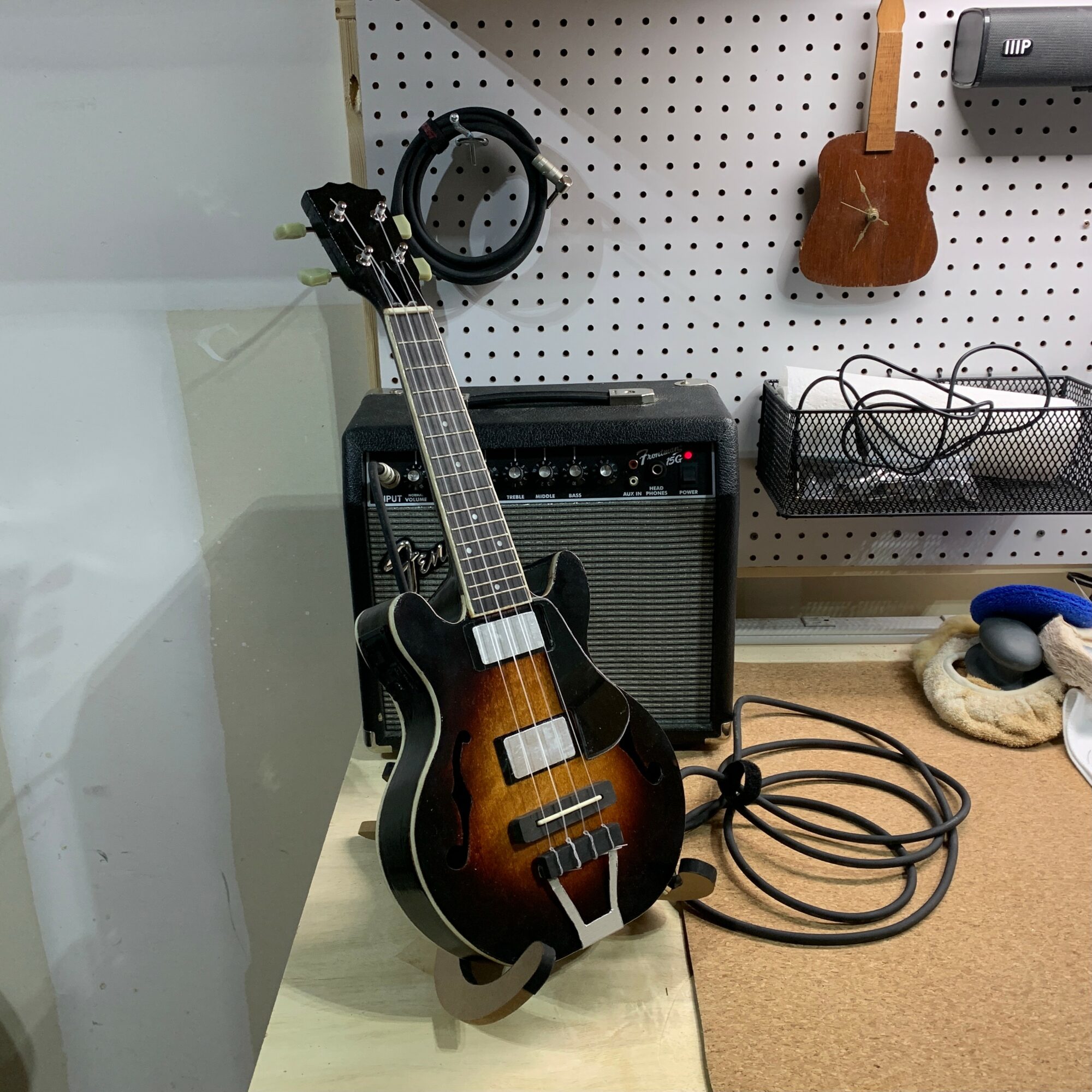
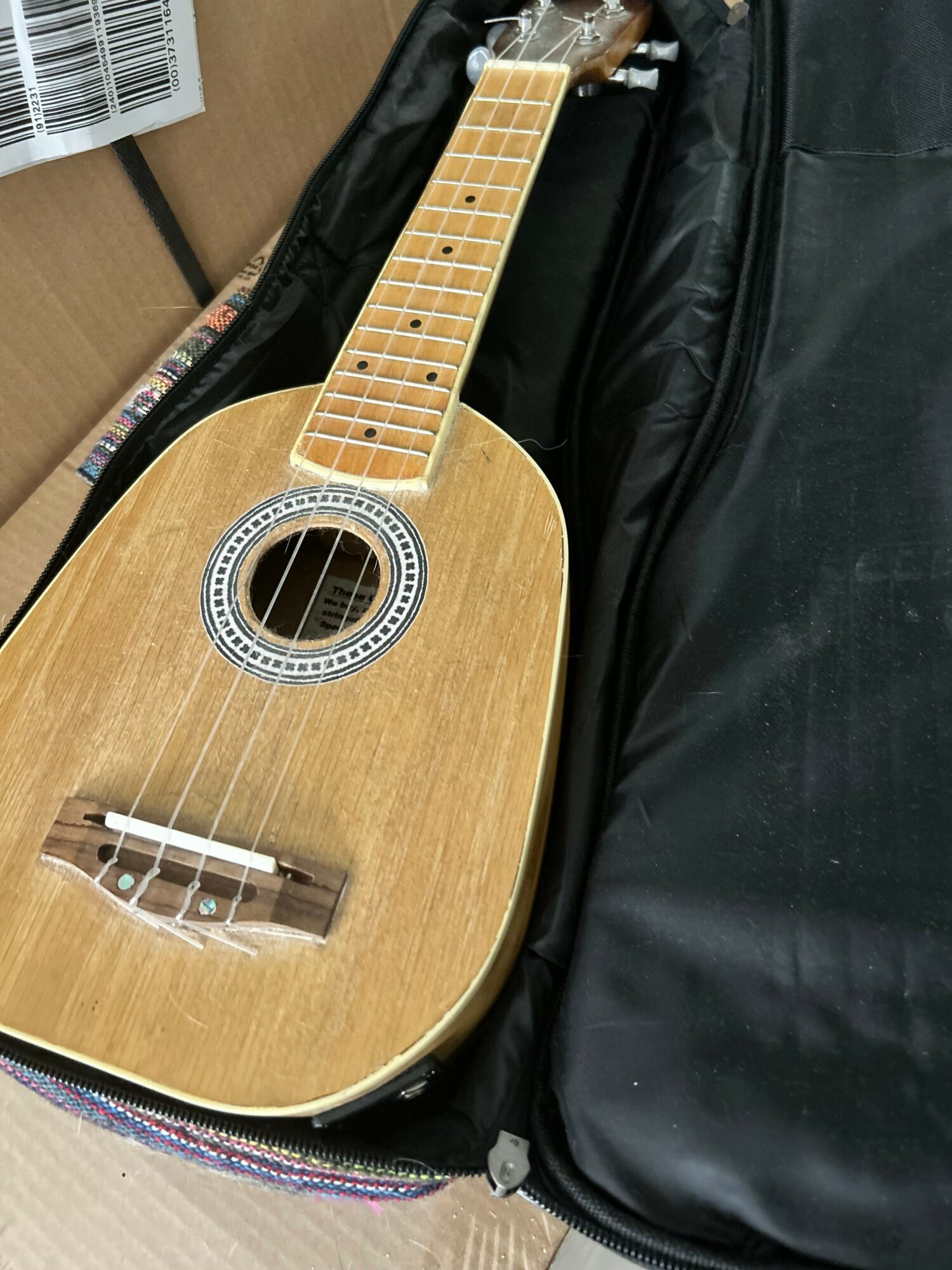
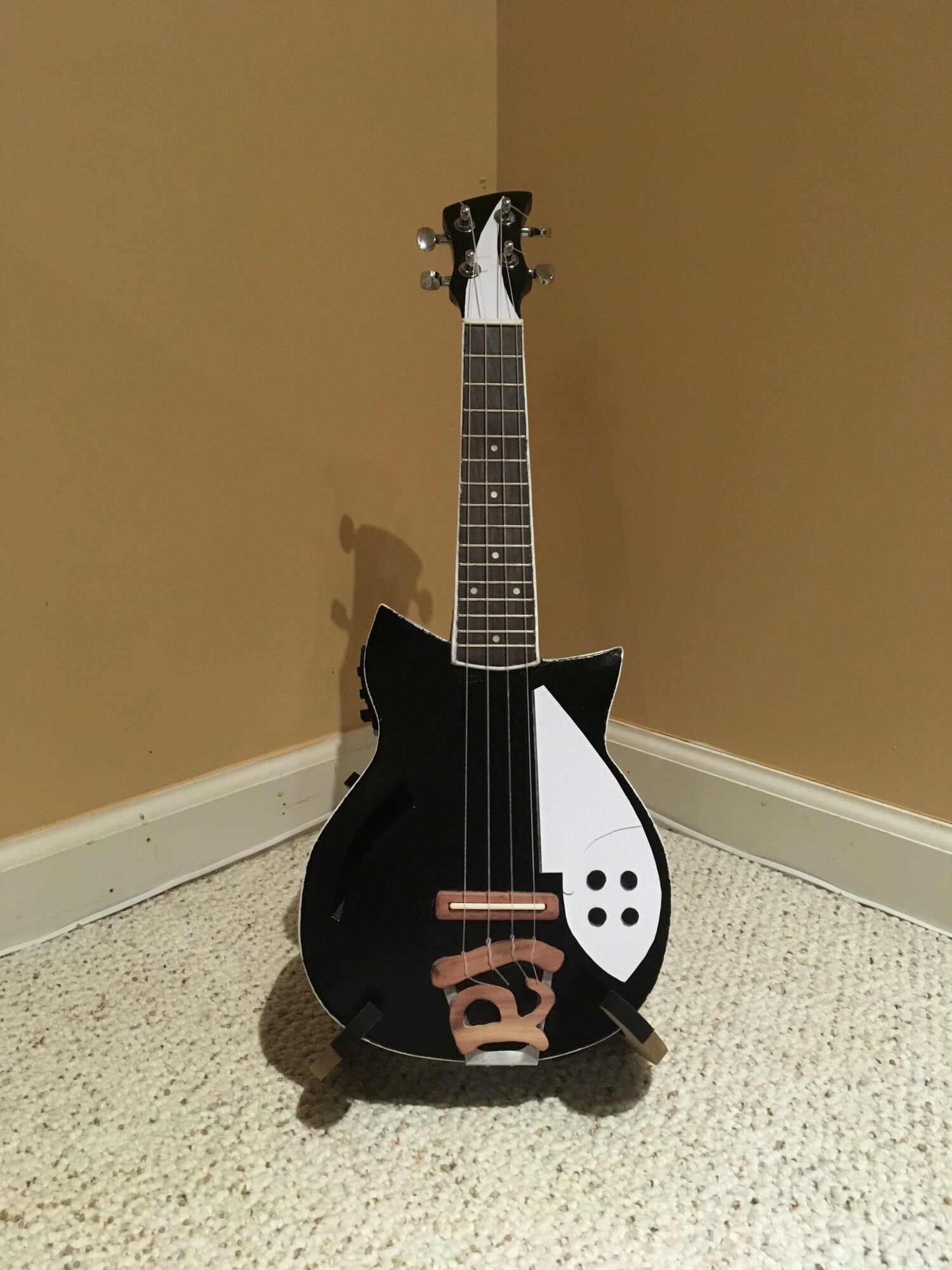
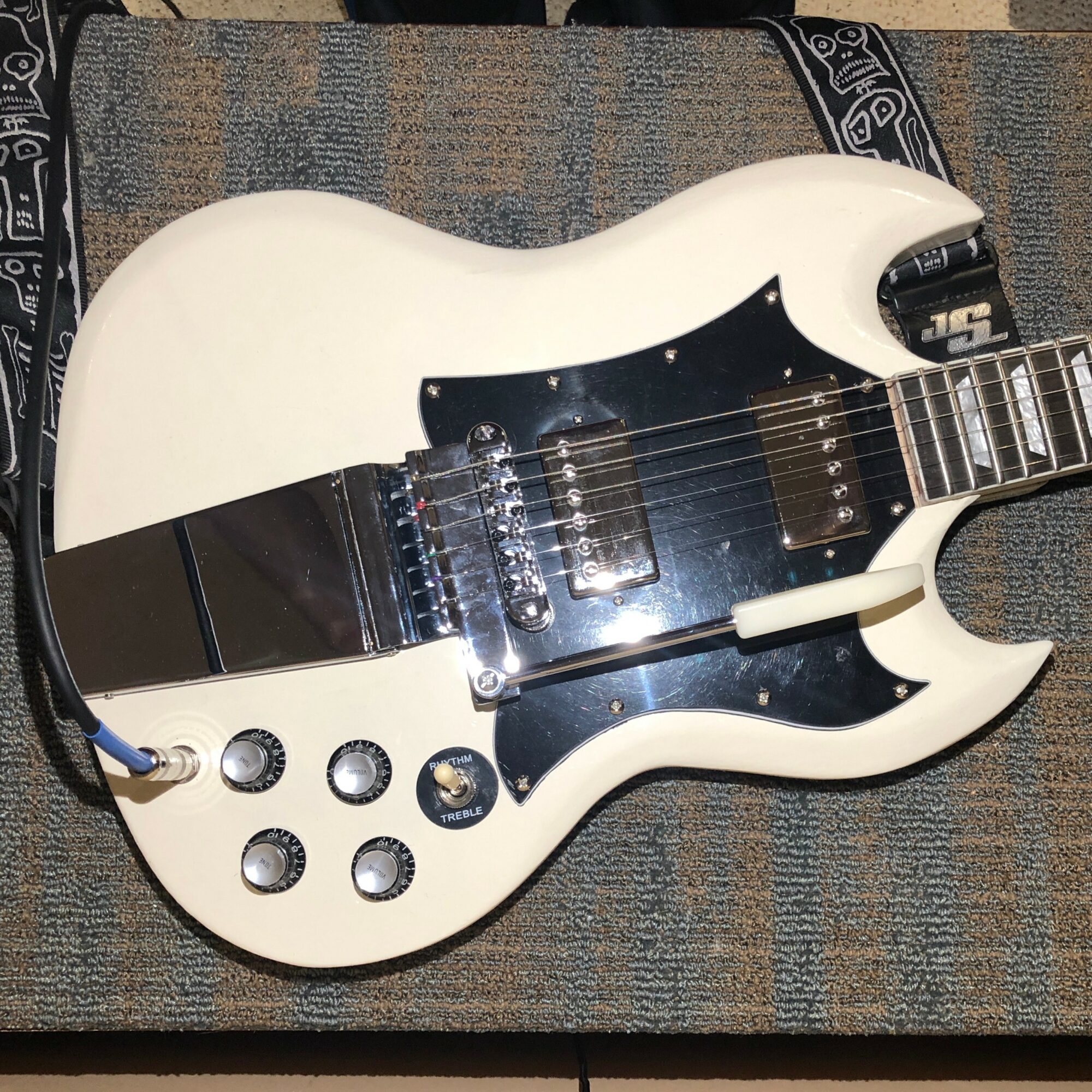
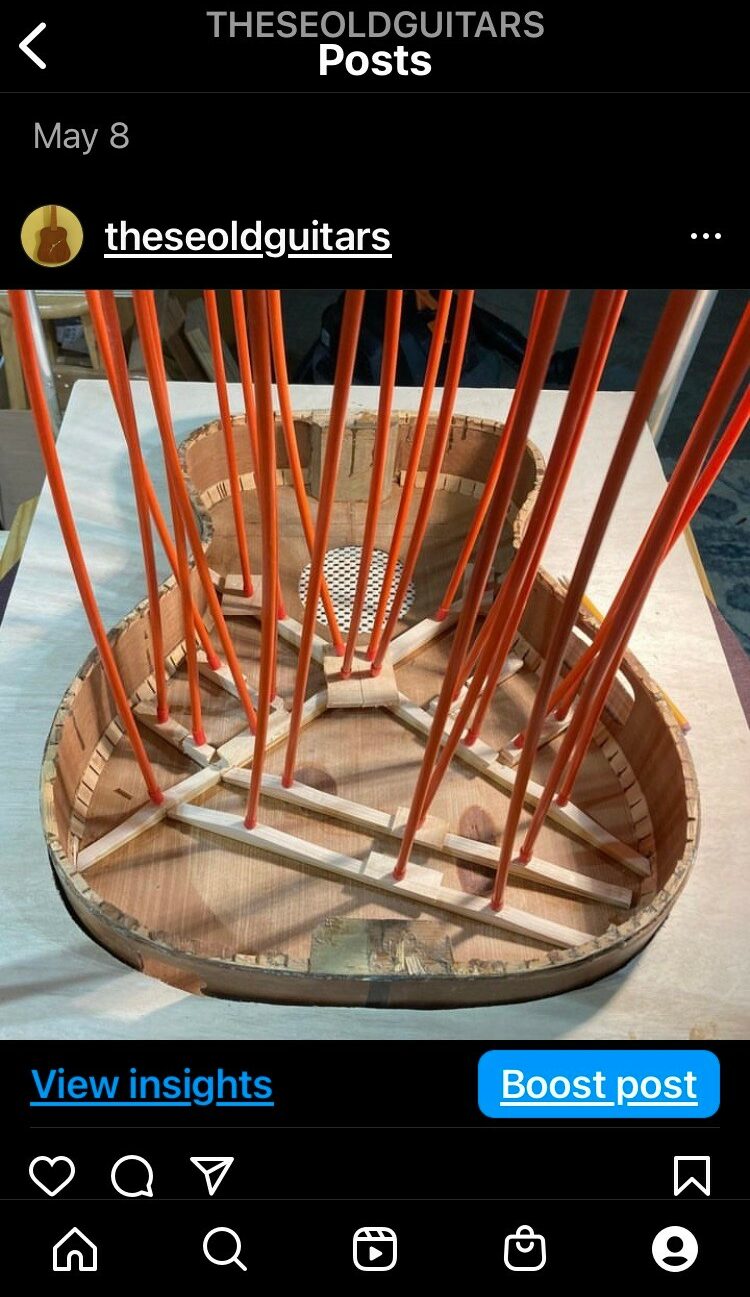
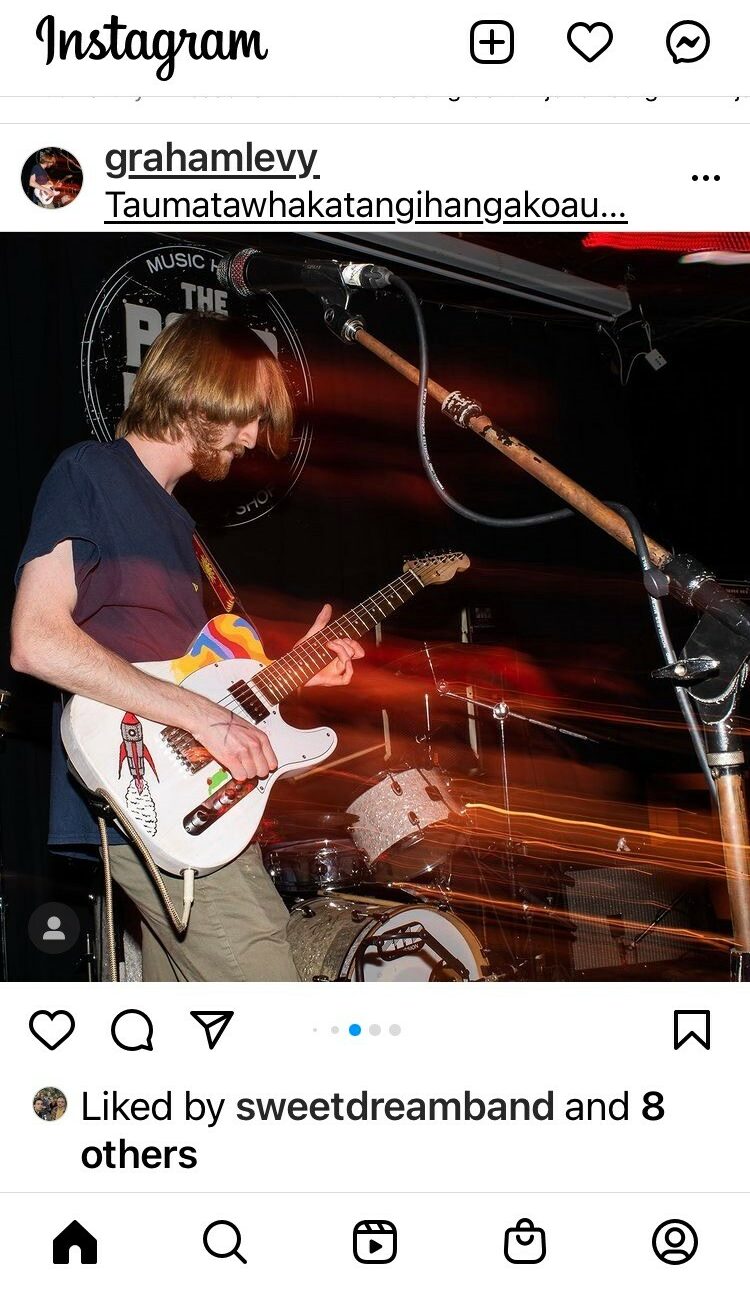
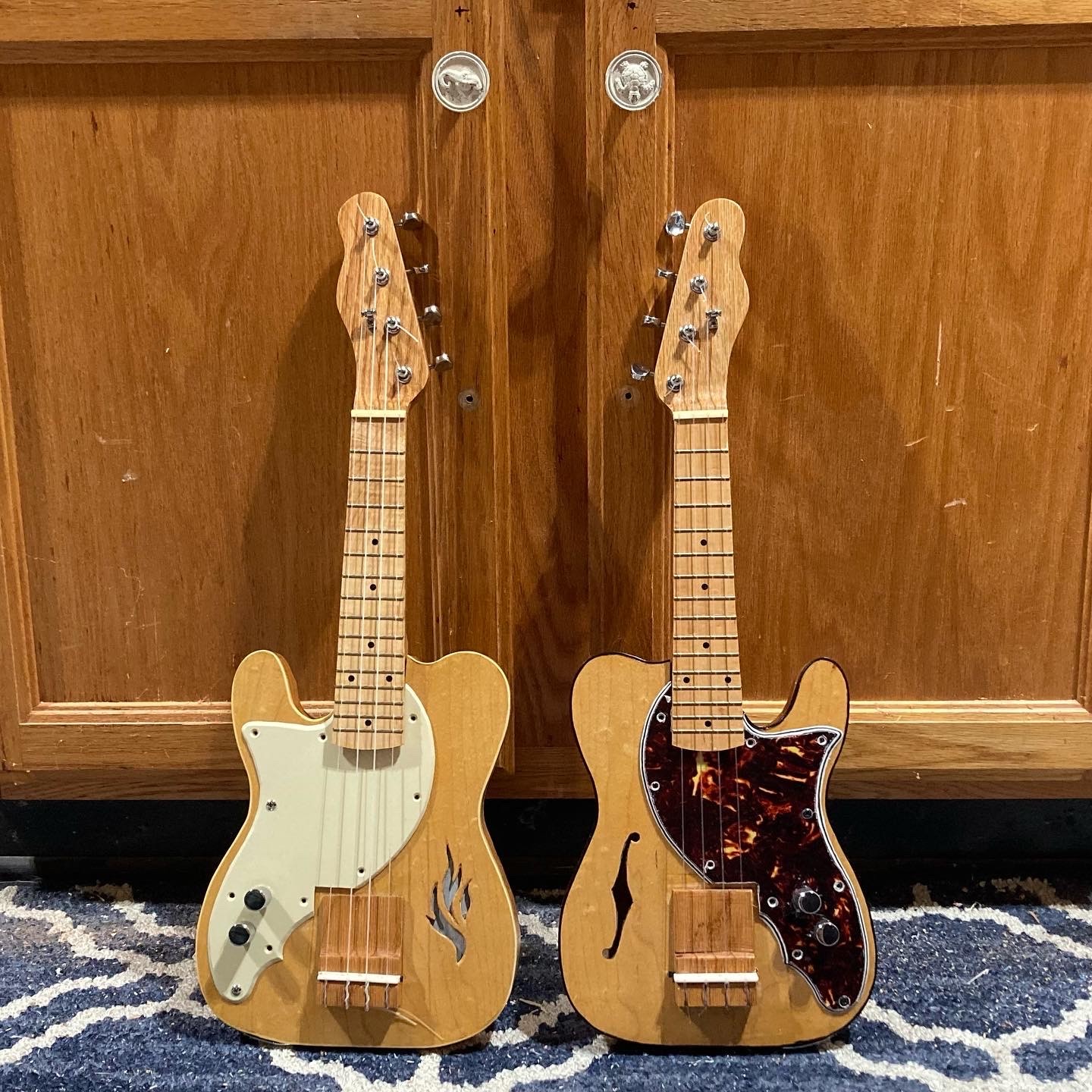
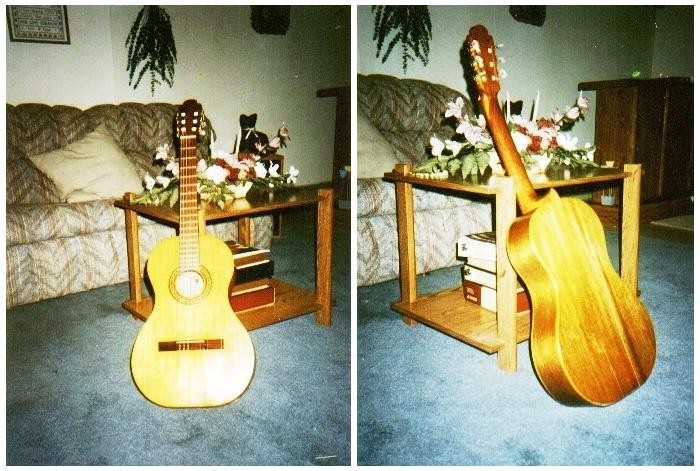
Image Credits
Profile Photo: Pam Missimer Instagram:@pmissimer Pineapple-shaped ukulele: Ilyssa Levy Instagram: @illymation White telecaster: Nathan Wellish Instagram: @n8welly All other photos: Edgar Levy Instagram: @theseoldguitars











